We tend to think of dinosaurs as these brief, mysterious creatures that came and went in a dramatic flash.
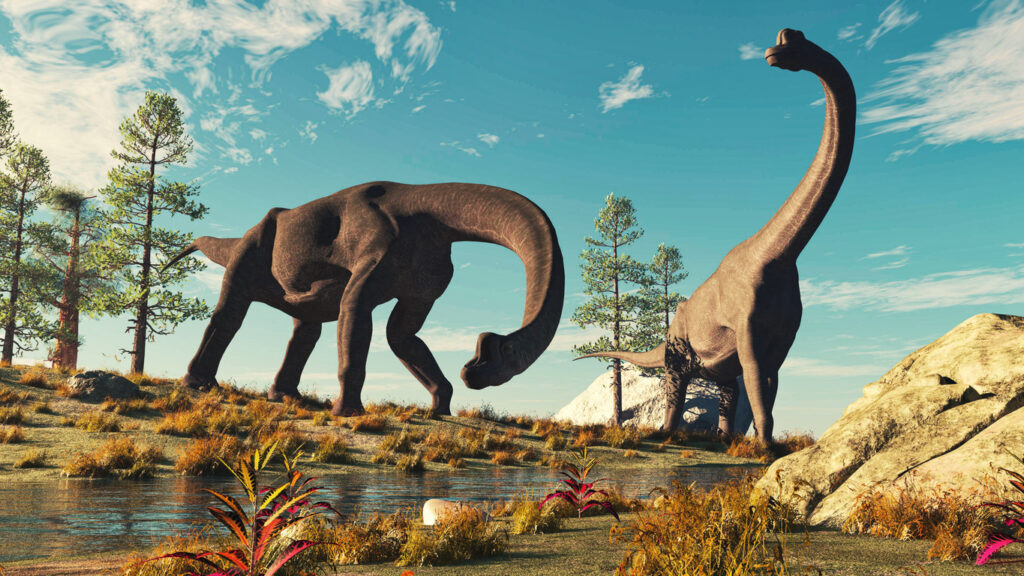
However, in reality, many dinosaur species lasted way longer than humans have been around. While we’ve been here for about 300,000 years, some of these creatures ruled the Earth for millions, and they didn’t need Wi-Fi to do it. Here are just some of the incredible dinos that roamed the Earth for a lot longer than you probably expected.
1. Stegosaurus — around for 10 million years
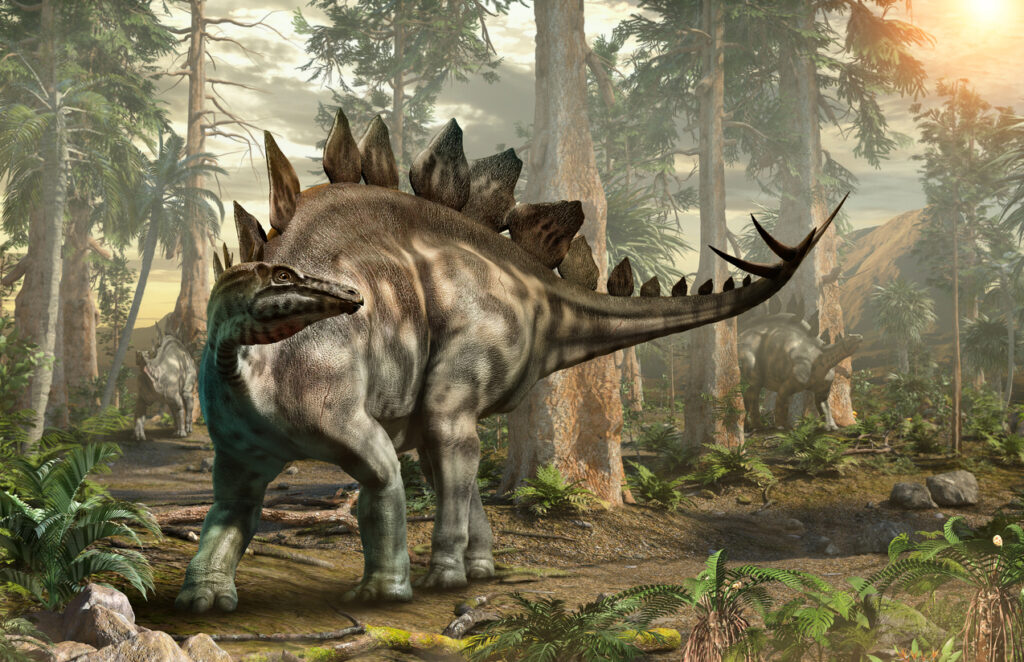
Stegosaurus is one of the most recognisable dinosaurs, thanks to its spiky tail and big back plates. It lived during the Late Jurassic period and hung around for roughly 10 million years. That’s over 30 times longer than humans have existed.
Its brain was famously tiny, but it clearly didn’t need much processing power to survive for so long. This species proves that you don’t need to be the sharpest thinker in the room—you just need to be well-adapted and good at staying out of the way of predators.
2. Allosaurus — nearly 10 million years
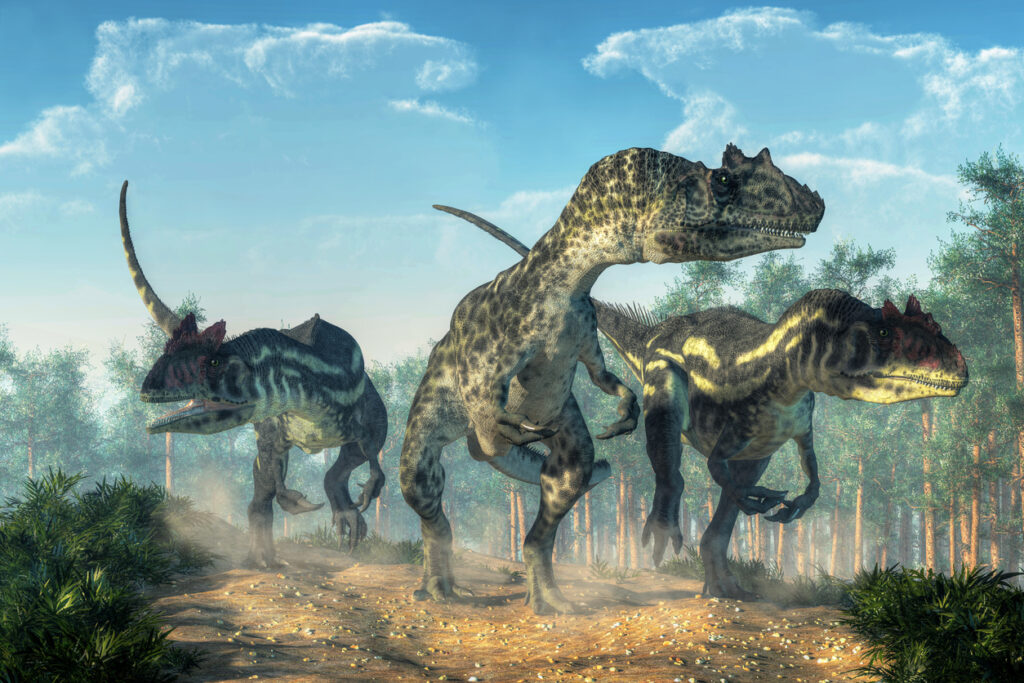
Before T. rex came stomping in, Allosaurus was the top predator of its time. It dominated the Jurassic period for close to 10 million years, thriving as one of the fiercest carnivores around.
It had strong legs, sharp claws, and jaws that could rip through prey without too much effort. For a predator to last that long, it had to be not just deadly, but also able to handle big shifts in the environment—and that’s something a lot of species just can’t do.
3. Iguanodon — over 25 million years
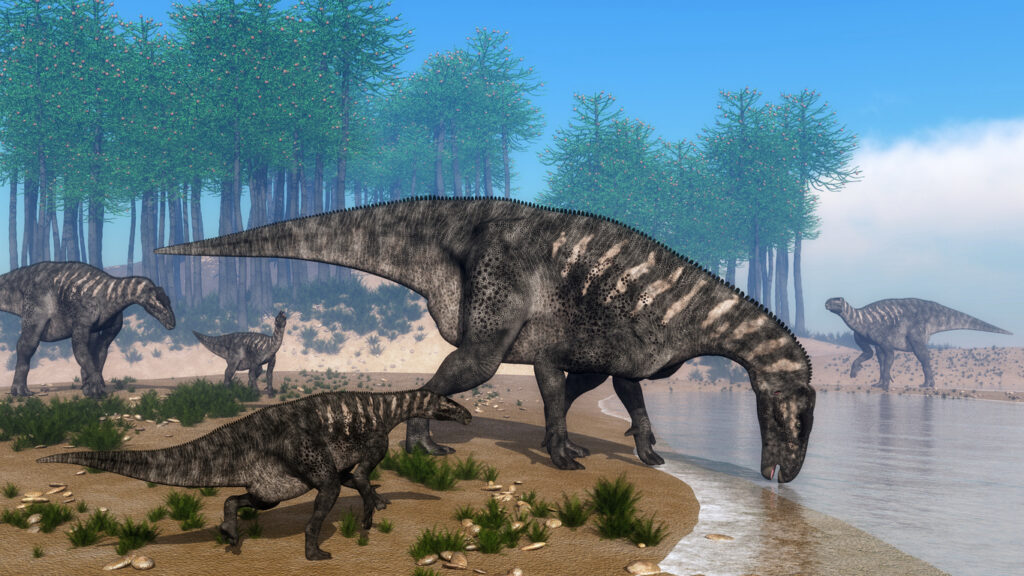
Iguanodon didn’t just show up and disappear. This plant-eating dinosaur stuck around from the Late Jurassic well into the Early Cretaceous period, surviving more than 25 million years in total. It was adaptable, sturdy, and surprisingly social. Scientists believe it may have lived in herds, which could’ve helped it thrive through changes in climate and ecosystem. If anything, it’s a reminder that cooperation can be just as valuable as claws and teeth.
4. Coelophysis — at least 30 million years
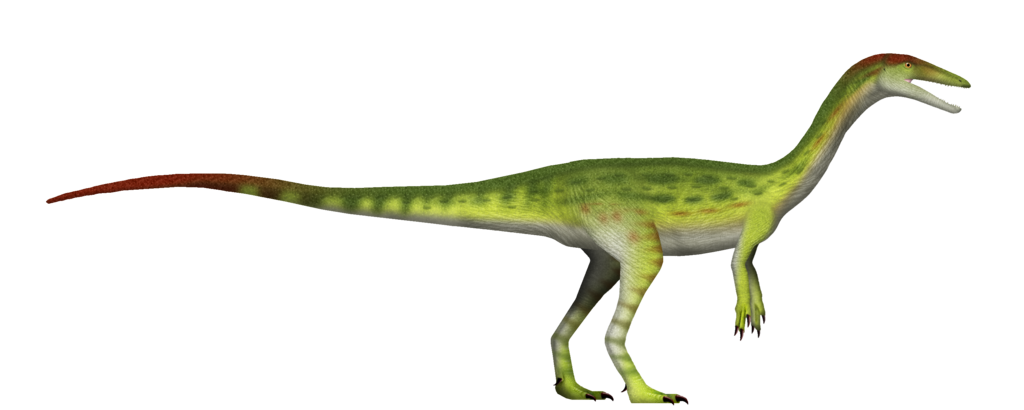
This slender, fast-moving dinosaur lived during the Late Triassic and managed to stick around for a staggering 30 million years. It wasn’t huge, but its speed and agility made it hard to catch and easy to survive. Coelophysis is one of the earliest dinosaurs we know about, and it likely benefited from being ahead of the curve in terms of evolution. It found a formula that worked and just kept going with it for an incredibly long time.
5. Plateosaurus — around 20 million years
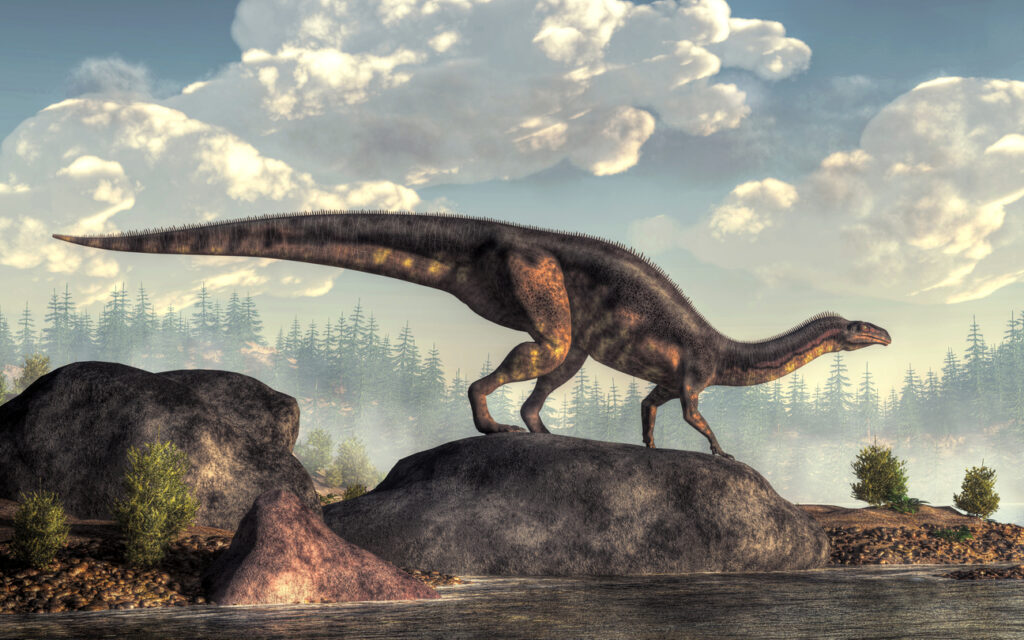
Plateosaurus was one of the early long-necked dinosaurs, and it had a solid run in the Late Triassic period, lasting about 20 million years. That’s a ridiculous amount of time for one species to keep going, especially when the planet was still pretty unstable.
It was big but not massive, and walked on two legs instead of four, which gave it decent speed for a herbivore. It also didn’t rely on teeth to defend itself, which meant it had to be smart about when and where to move—clearly, it worked.
6. Protoceratops — 30 million years

This small, horned dinosaur lived in what’s now Mongolia for roughly 30 million years. It didn’t have the flashy frills of its later cousins like Triceratops, but it had staying power where it counted. It likely lived in groups, nested carefully, and stayed close to the ground. While it may not have been the most exciting dinosaur, it knew how to keep a low profile and survive the long game—which is more than can be said for a lot of flashier species.
7. Hadrosaurus — 35 million years

Known as one of the duck-billed dinosaurs, Hadrosaurus and its relatives were absolute champions of the long-haul. Some of these species survived upwards of 35 million years, adapting to different regions and environments across the globe.
They weren’t armed with horns or claws, but they had strong legs, excellent hearing, and could move in herds to protect themselves. Their success shows that blending in and moving smartly can be more effective than brute force.
8. Ankylosaurus — around 30 million years

Ankylosaurus looked like it came with built-in battle gear: a clubbed tail, armour-plated skin, and low-to-the-ground stability. It was basically the tank of the dinosaur world, and that might explain how it lasted so long—about 30 million years.
Predators didn’t mess with it easily, and its ability to defend itself meant it could survive in places where other herbivores would’ve been easy prey. Evolution rewarded it not with speed or smarts, but with pure, hard-headed durability.
9. Dilophosaurus — around 20 million years
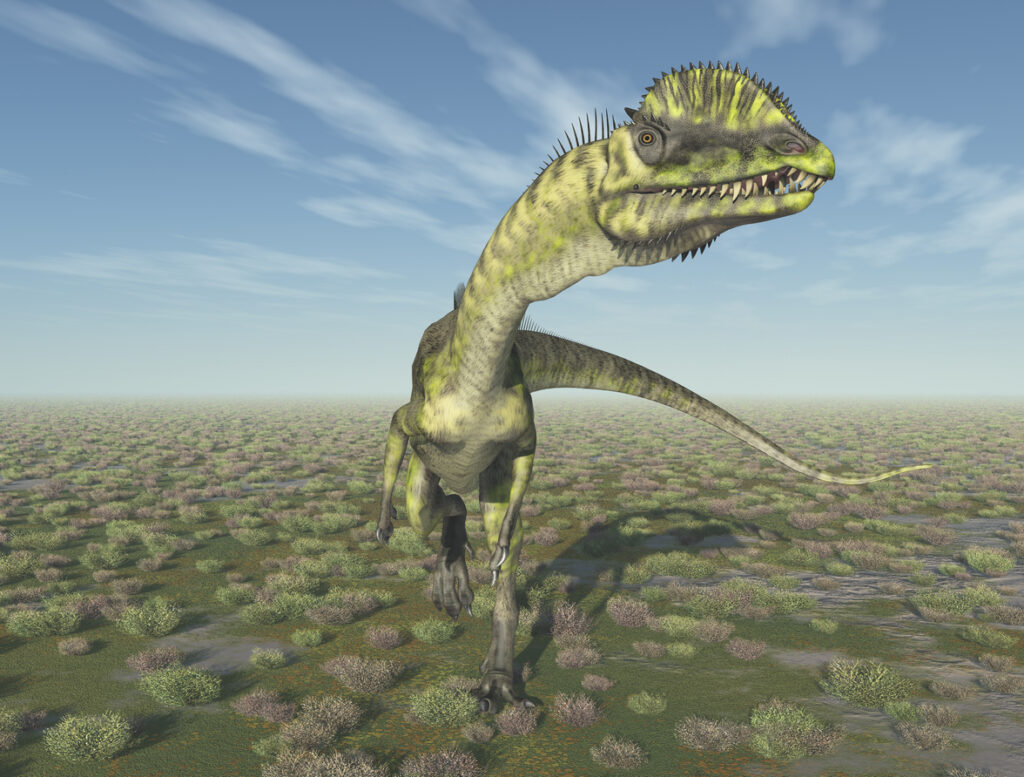
This double-crested predator didn’t spit venom like in Jurassic Park, but it was still a serious threat in its time. It ruled the Early Jurassic for about 20 million years—an impressive reign for a mid-sized carnivore. Its slim build, long legs, and strong bite made it a quick, efficient hunter. It likely didn’t need to be the biggest predator around because it was fast and flexible enough to pick off smaller prey and stay out of the bigger fights.
10. Tyrannosaurus rex — around 2.5 million years
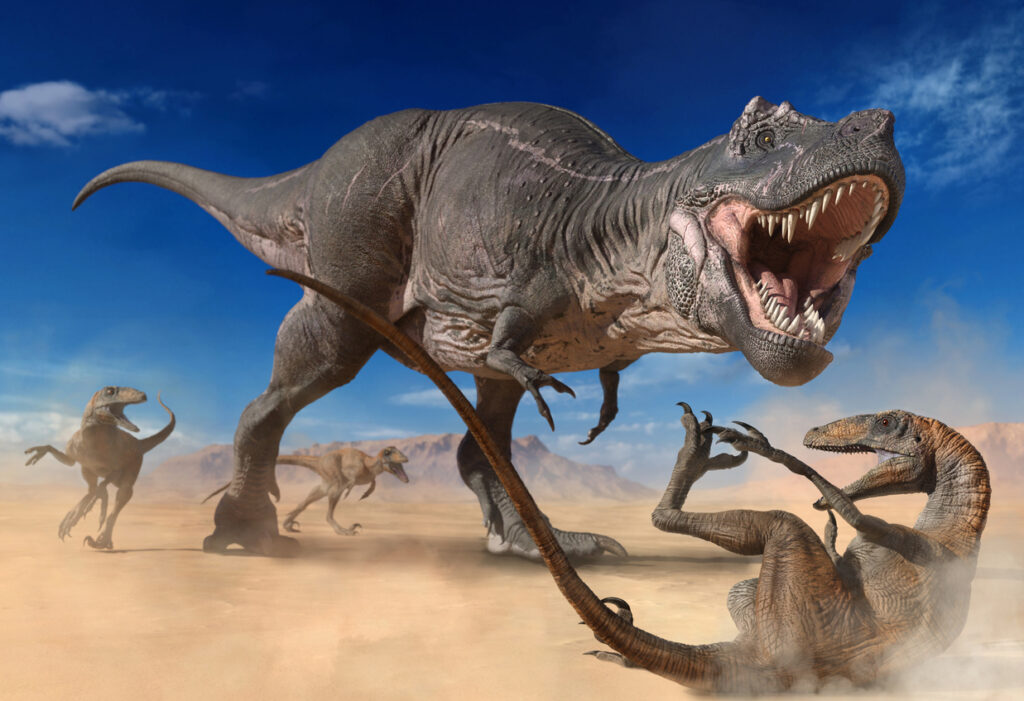
Compared to the others on this list, T. rex was a bit of a short-term star. It only existed for about 2.5 million years, but that’s still nearly ten times longer than humans have been around. It became famous because it was late to the party, massive, and terrifying. But it’s worth remembering that plenty of other dinosaurs lasted way longer. T. rex was the blockbuster name, but lots of others had the real staying power.